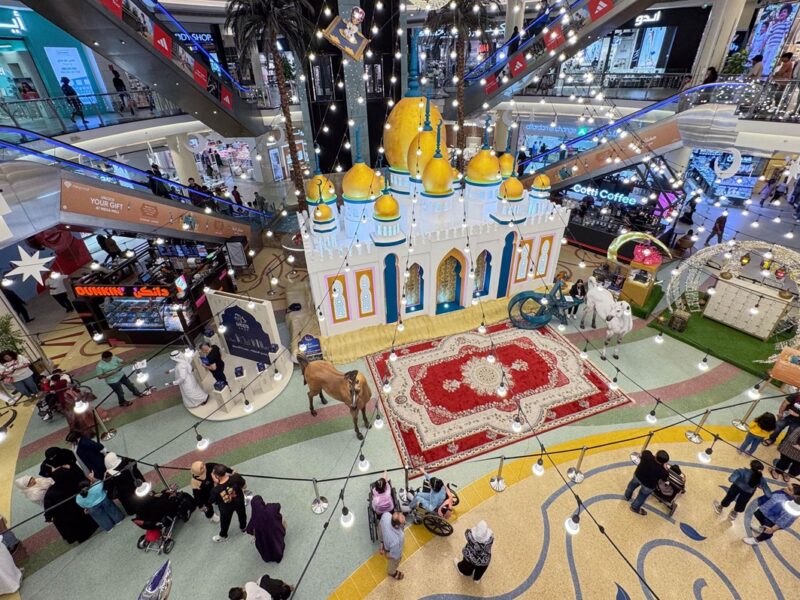Stability strongly underpins the recent extensive residential and commercial projects in Abu Dhabi, ranging from Al Raha Lofts to Mayan on Yas Island.
In fact, compared to the other emirates, Abu Dhabi shows the highest indicators of stability, according to Evgeny Ratskevich, CEO of Metropolitan Capital Real Estate.
“The UAE capital has been witnessing remarkable growth throughout 2021; it has recorded AED23.57 billion ($6.39bn) worth of real estate transactions in the first half of the year,” he said, while the average citywide residential asking price per square foot rose by 6.3 percent annually. And currently, 80 percent of property deals are concluded by residents and citizens, as they are willing to invest in the country, where they live and work.
However, the diverse new developments in the sought-after areas of Al Raha Beach, Yas Island and Saadiyat Island are in demand among international buyers, who seek out Abu Dhabi as a destination for their second home.
Legal protection
Abu Dhabi is at the forefront in terms of legal protection within the real estate sector.
Ratskevich cites an example of real estate laws that were amended in April 2019 to allow freehold ownership with a title deed to all nationalities. Other stringent legal measures are inherent with the emirate.
He said: “In addition, the developer is required to set up an escrow account for the proceeds from off-plan sales, which can only be taken out in stages to fund construction.”
While these regulations exist in the other emirates, in September 2021, the Department of Municipalities obliged companies and developers to obtain a pre-approval prior to fixing or increasing service charges for both commercial and residential properties.
Return on Investment
As of 2021, the urban area of Abu Dhabi has an estimated population of 1.5 million people, out of which 80 percent are locals, said Ratskevich. Meanwhile, Dubai shows the opposite, as it houses about 85 percent expatriates.
“Thus, we can see the reason why the nature of demand and the pace of market development in the UAE capital are completely different,” he said. “Nevertheless, it has started to embrace the concept of short-term rentals and tourist destinations, such as Yas Island (pictured below), will definitely benefit from them.”

The bigger picture is that net profit on investments across Abu Dhabi is 7 to 8 percent per annum and the demand for the residential segment is showing increased stability.
Rental payments
Unlike other emirates, in Abu Dhabi generally as a rule, Ratskevich explained that rental payments are accepted in the form of post-dated cheques provided to the landlord on an annual, semi-annual and quarter basis upon signing a tenancy contract.
What this means is a win-win situation for investors, and essentially, landlords can benefit from a stable income stream and an absence of payment delays, he said.
Globally recognised as one of the safest cities in the world, future developments and global rankings increase value for investors.
Playing a pivotal role as the capital city of the UAE, Abu Dhabi remains as one of the most attractive, yet one of the most underestimated Grade A cities worldwide. He said, “Abu Dhabi has been recognised by many well-known ratings, such as the Global Liveability Index, where it was ranked first in the Middle East in 2021. Moreover, it was also named the safest city in the world by Numbeo’s Quality of Life index for the fifth consecutive year – topping 431 cities.”
Undoubtedly, the infrastructure of the emirate is outstanding as it is home to three large airports (including the soon-to-open Midfield Terminal), business centres, free zones (such as ADGM), award-winning theme parks, unique resorts and cultural attractions, as well as world-renowned academic institutions, said Ratskevich. “So, the city clearly has a promising and bright future.”








